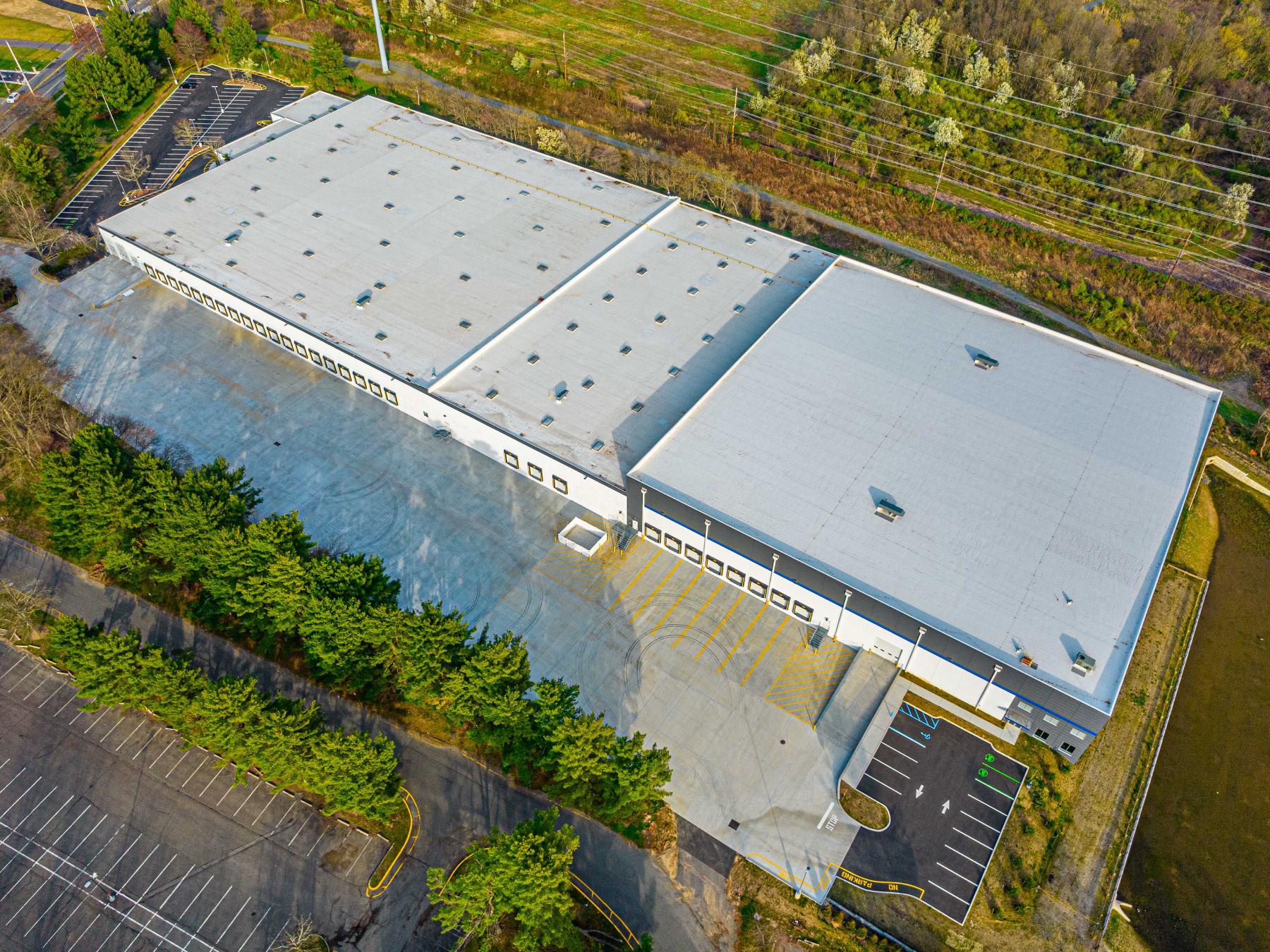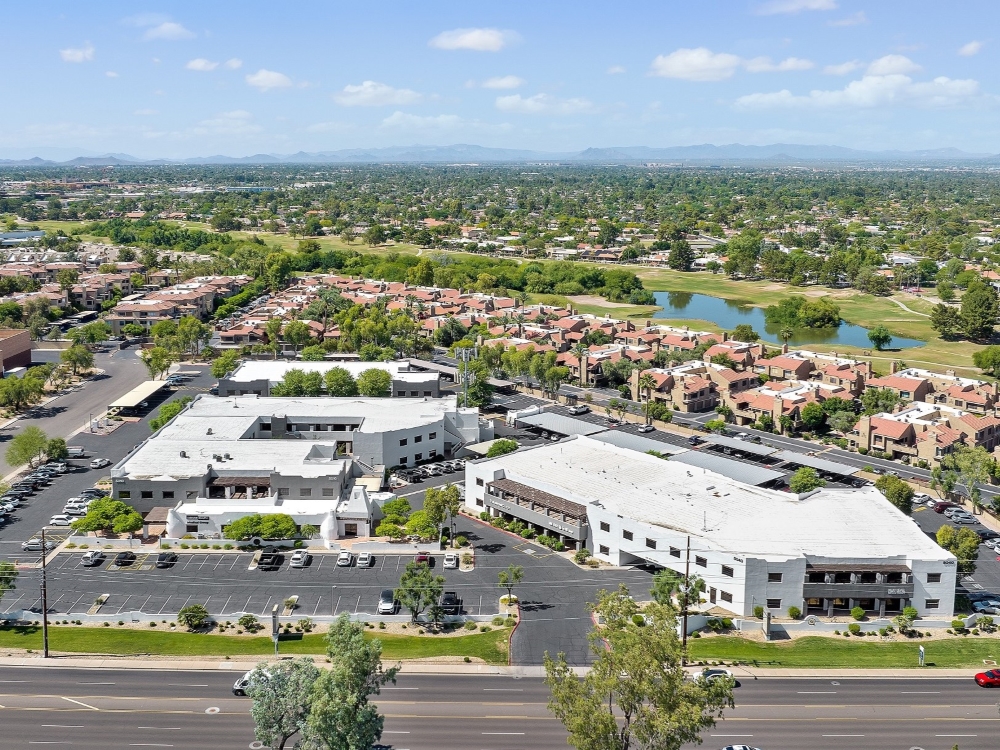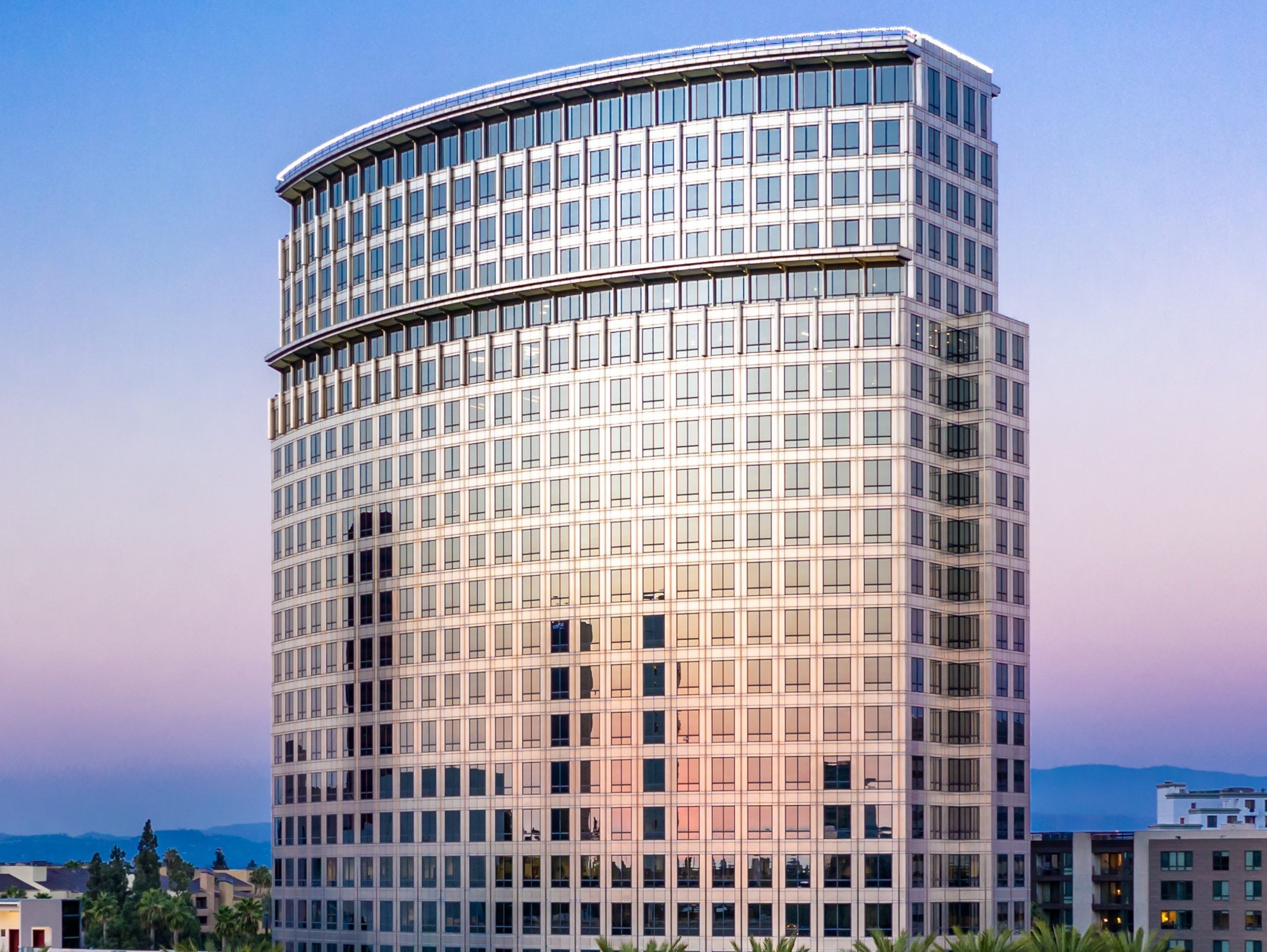A Midmarket Lender’s Take on Capital Trends
Ellen Comeaux, senior vice president & commercial sales leader at TIAA Bank, discusses the impact of today's robust liquidity.
TIAA Bank had a strong first and second quarter following a turbulent 2020. But since activity picked up at the end of last year, the lender has been firing on all cylinders.
“Liquidity is significant and, at times, pricing feels irrational due to excess liquidity and continued low interest rates somewhat inflating debt yields,” said Ellen Comeaux, senior vice president & commercial sales leader at Jacksonville-based TIAA Bank. In a discussion with CPE, Comeaux offers insights on the current capital markets environment and what the second half of 2021 holds for the spectrum of asset classes.
READ ALSO: How Positivity Is Building in CRE Circles
From a mid-market lender’s perspective, how has deal volume shifted this year compared to 2020?

Ellen Comeaux, Senior Vice President & Commercial Sales Leader, TIAA Bank. Image courtesy of TIAA Bank
Comeaux: Volume dropped off abruptly after March 2020 as the pandemic took hold. For us, volume really picked up late in the third quarter of last year, building through what has been a strong first and second quarter in 2021—particularly in multifamily, industrial and self storage.
Acquisition activity was significantly hampered in 2020, and most of the deal volume was generated based on refinance activity. While borrowers continue to seek refinance of debt given relative low interest rates, 2021 has seen a significant increase in acquisition activity.
Ground-up construction continued to lag in the first half of 2021. We believe this will accelerate in the latter half of this year. Office real estate is still challenged due to continued uncertainty around remote work, but in good markets with strong tenancy, it is being financed. Most recently, we’ve seen increased deal flow in retail, which like hotels, was difficult to get done in 2020. We see hotel financing returning in the fourth quarter of 2021.
What are some of the trends driving the capital markets today?
Comeaux: Based on our experience this year, the most prevalent capital trends consist of offering acquisition financing at higher leverage (as high as 75 percent-80 percent, mostly through debt funds), refinancing existing debt with cash-out to take advantage of current rates, variable rates with prepay flex on opportunistic transactions and requests for longer interest-only periods.
Additionally, there is capital for every type of transaction—max leverage to low leverage and value-add to stabilized. Borrowers still have broad choices to select from and are being chased for their business. To win business due to a shortage of available transactions and an abundance of capital in the market, spreads have compressed and credit thresholds are being pushed.
How has the increase in overall activity impacted the market and will it continue?
Comeaux: The liquidity in the market is largely the result of a flight to safety during the pandemic for U.S. and foreign investors. The result is pent-up demand from an investor perspective and ample capital available across the capital stack from debt funds, investment firms, life companies, banks and the government-sponsored enterprises.
Liquidity is significant and, at times, pricing feels irrational due to excess liquidity and continued low interest rates somewhat inflating debt yields. We feel this is largely a result of funds in the market all chasing the same asset classes—primarily multifamily and industrial. As other asset classes continue to normalize and liquidity spreads across more segments, as is already happening in retail, we hope to see spreads widen in the latter part of 2021 or early 2022.
TIAA Bank is focused on investing in medical office space. What are the main reasons behind this strategy?
Comeaux: TIAA is committed to serving the health-care industry and focusing our commercial lending activity in this area is a natural synergy for us. Additionally, we consider medical office a reliable investment, as the asset class has performed very well through the various cycles.
Even with COVID-19, while there was major disruption initially, we have seen significant recovery—even growth—in this space. We expect the need for medical office to increase given the aging U.S. population and decentralization of care, and we intend to continue to lean into this space and grow our medical office lending portfolio.
It is true that the medical office market was impacted by the pandemic. Yet, when you look at the statistics such as building sales, health-care unemployment and medical office rents, it appears that the health-care segment was less impacted than other asset classes and is rebounding more quickly. We remain interested in this sector due to its history of resiliency through a wide range of market conditions and its status as a critical part of our economy.
READ ALSO: Health Care’s Forward-Looking Fusion With Retail
Considering the current status of medical office supply in the U.S., what is your view on converting other uses into medical office space?
Comeaux: We have been seeing numerous reports outlining the limited supply in the medical office space, and even with the expected new construction, demand is still projected to outpace supply. With so much square footage that was once retail or traditional office space becoming available, it seems like a natural solution to fill excess demand by converting these spaces to medical office.
The trend for these conversions started before the pandemic, and we do expect to see this continue. This will be particularly true for locations that health-care providers see as convenient and accessible to their patient population; such locations provide adequate parking and space that can be converted without excessive cost.
How has TIAA Bank adjusted its terms to the new economic climate?
Comeaux: TIAA Bank continues to rely on its ability to provide structuring flexibility to match our terms with the client’s needs. As with all investment, we consider the client’s unique needs and goals, and work to find terms that solve for these needs while providing an attractive investment on our end. During the pandemic, this was particularly evident as we worked with our clients to provide needed relief during the uncertainty.
For new lending activity, it’s the same as before and during the pandemic: We continue to monitor market trends and performance in our key asset classes of multifamily, multitenant and single-tenant space, and adjust our focus in particular areas as the markets shift. For 2020, this meant taking a much more cautious approach to lending in retail, and in some instances, office.
As recovery unfolds, we are seeing a flight to quality investments from all lenders in this space. We believe this will continue as competition for desired asset classes, particularly in stabilized categories, increases. Lenders that can provide flexible terms across the spectrum of asset classes and lending scenarios—whether it be acquisition, bridge, refinance, construction or take-out—will be well positioned in the recovery.








You must be logged in to post a comment.